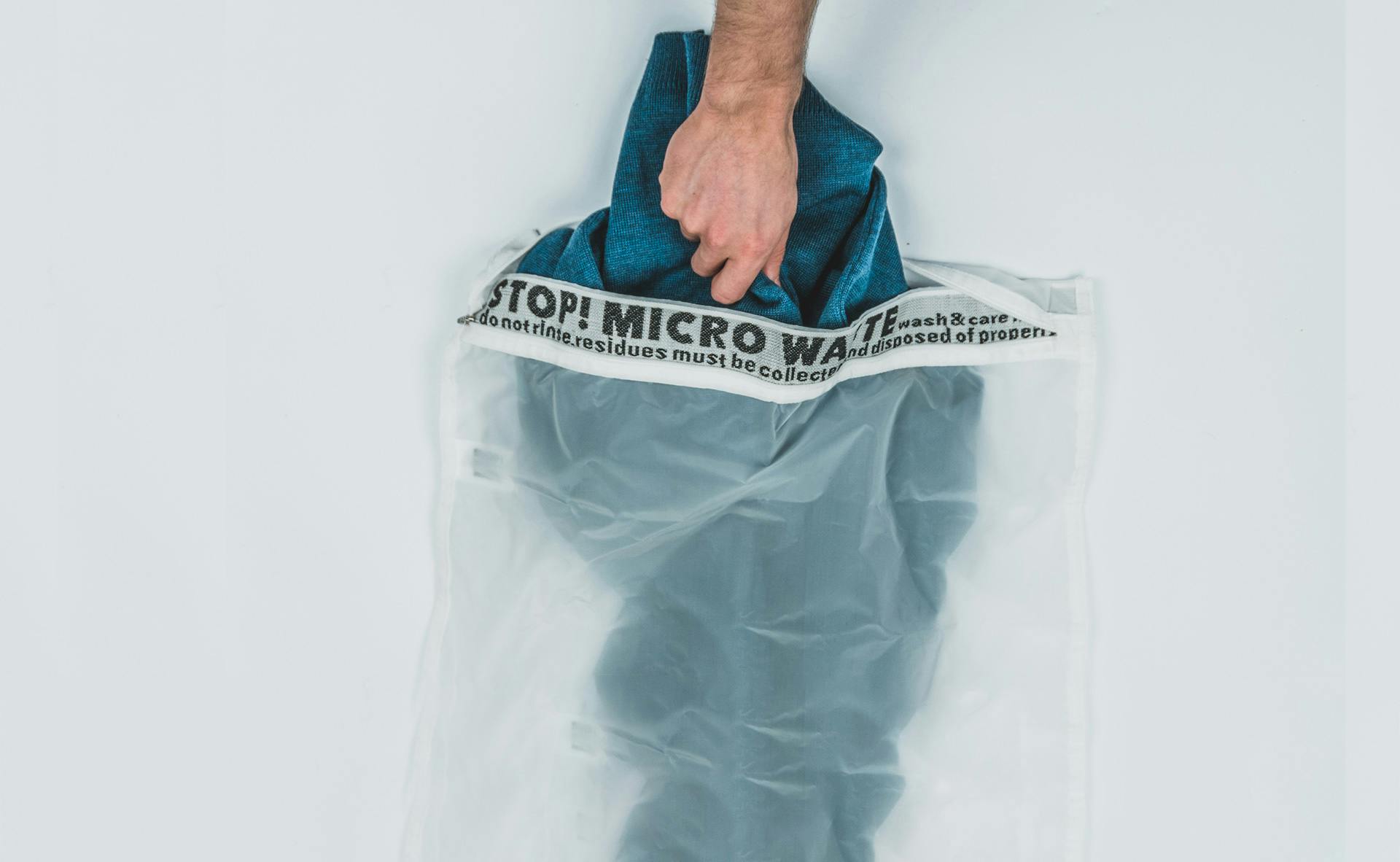According to a study by the Ellen MacArthur Foundation, by 2050 there will be more plastic mass in the oceans than fish. It isn't just the discarded one-use plastic products that endanger the oceans, however.
Just running a load of laundry presents a danger to marine life and water quality. A study by the University of Plymouth found doing a load of laundry in a common washing machine releases more than 700,000 microscopic fibers into the wastewater. These tiny fibers break loose when textiles containing synthetics such as polyester and acrylic go through a typical wash cycle. Many of these microfibers then get through water treatment systems and find their way into marine environments. They then work their way up the food chain, eventually ending up on our dinner plates.
There may be a new way to prevent this while still having clean clothes. The Guppyfriend washing bag catches the tiniest of microfibers floating in washing waste water. It's easy to use: simply place synthetic textiles into the Guppyfriend, then close the bag. Toss in the wash as usual. Remove the clean laundry when done.
The Guppyfriend bag captures hazardous microfibers, reducing the number of microfibers pulled from clothing during a normal wash cycle and released into wastewater. Just like cleaning a dryer filter, remove the microfibers that accumulate inside the bag and dispose of them in the household trash. The laundry is clean, the wastewater contain less microplastic pollution, and the fish in the ocean can breathe a little easier.












